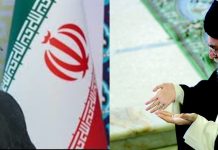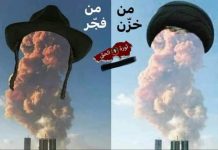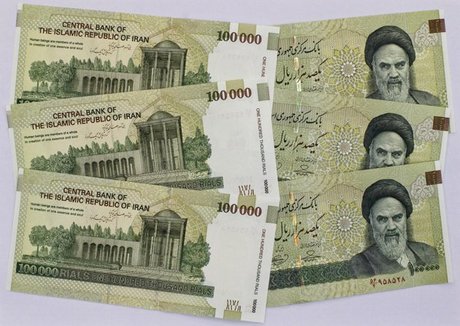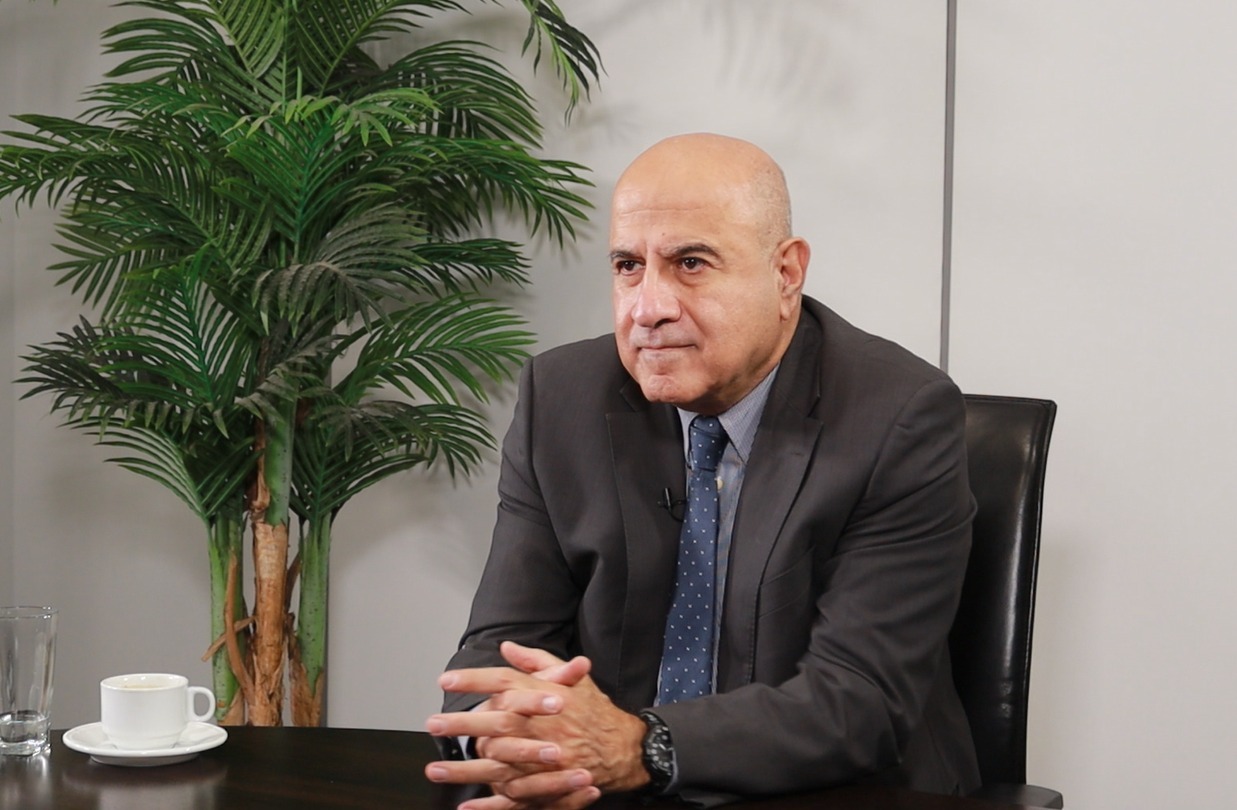Iran’s Economy Post-Nuclear Deal: A Misleading IMF Scorecard
Patrick Clawson/The Washington Institute/March 12, 2017
Iran’s budget and banking system are being held hostage by unaccountable revolutionary institutions like the IRGC, but for some reason the IMF is not calling Tehran out on the glaring lack of transparency.
On February 27, the International Monetary Fund released its annual report about the Iranian economy. The report is important not only for what it reveals about the Islamic Republic’s economic situation, but also for what it says about how respected international technical agencies respond to a government that has no effective control over revolutionary institutions that act at cross-purposes to its policies.
IRAN’S BUDGETS ARE FICTION
The IMF report praises Tehran for carrying out a “prudent fiscal policy” that has “kept the budget deficit low in spite of challenging circumstances.” It adds, “Over the past 5 years, the overall fiscal deficit of the central government was kept below 2 percent of GDP despite the drop in oil revenues.”
Yet a closer look at the report’s specifics shows that none of that praise is true in any meaningful sense. In fact, the authors openly acknowledge that President Hassan Rouhani’s government has “recognized” arrears equal to 25% of GDP, and mention in passing that total arrears may turn out to be 3,980 trillion rials (about $130 billion USD), which would be 36% of GDP. A government whose annual deficits are “below 2 percent of GDP” does not accumulate arrears of 25% — that is only possible with the type of massive annual deficits characteristic of imprudent fiscal policy.
Moreover, Iran itself has reported annual government spending to be 18% of GDP. If it has in fact run up the huge arrears reported by the IMF, then its actual expenditures are probably more like 25% of GDP. To put the gap between Tehran’s claims and the IMF’s findings in perspective, that would be like the U.S. government spending around $1.2 trillion more per year than it publicly disclosed.
Buried in the report’s supplement is the explanation for how those arrears occurred: “Non-central government agencies can commit government funds (e.g., through public guarantees) and shift the cost of these commitments to the central government, who then fund these obligations. Moreover, there is no system to record these commitments or monitor arrears.” Note the present tense in those sentences: there has been no change in the procedures that caused the massive arrears. And the key problem hinted at here is that the Rouhani government has no control over institutions that report directly to Supreme Leader Ali Khamenei — the Islamic Revolutionary Guard Corps (IRGC), clerical foundations, and other such entities can incur major debt for which the government is then liable.
Yet while the IMF report offers a “staff appraisal” highlighting the specific steps Iran should take to address some of its most pressing economic issues, there is not one word about “non-central government agencies” spending money without authorization or even any record. Similarly, nothing is said about how to stop a new round of arrears from piling atop the 25-35% of GDP already accrued. In other words, the Iranian government does not even know about, much less control, much of the country’s spending, and the main international agency responsible for evaluating Tehran’s fiscal policy is glossing over this massive problem.
BANKING MESS
The concerns are equally daunting in Iran’s banking system. There too, the government has limited control, and the IMF barely mentions the substantive issues.
Part of the problem is bankrupt banks and inadequate regulation. In 2016, the Securities and Exchange Organization (SEO) of Iran required banks and other firms listed on the Tehran Stock Exchange to use the International Financial Reporting Standards (IFRS). These standards are used by most advanced countries, and the SEO had been urging firms to use them for years (although U.S. institutions do not use the IFRS, they are held to even more rigid standards). When it was later disclosed that Bank Saderat would report huge losses under the IFRS, the SEO suspended all trading in shares of several banks. And when trading in Bank Mellat shares resumed in January, their value promptly dropped 38%, dragging down the entire Tehran Stock Exchange index. Market analyst Ali Nikoogoftar explained the problem in the January 28 edition of Tehran’s Financial Tribune: “This is a watershed for the banks. For years, banks were paying dividends which had no real financial backing, since they were using unpaid loans and debts as profit.” In fact, some Iranian analysts estimate that 30% or more of bank loans are nonperforming — if that is true, recapitalizing state-owned banks could require 15-20% of GDP, a cost that would have to be borne by the government.
The supplement to the IMF report also has a section on “impediments to correspondent banking with Iran,” with a subsection on “potential policy options that can facilitate the reconnection to non-U.S. global banks.” Yet these sections do not contain one word about the failure of Iranian banks to meet up to the requirements of the Basel III accords adopted by regulators in most industrialized countries, which place a heavy burden on banks doing business with institutions that do not live up to its standards. Under “Pillar II” of those accords, banks have to apply appropriate accounting standards (e.g., the IFRS), implement sound risk-management practices, and value loans accurately. No Iranian bank meets those standards, nor the Basel III requirements on capital and liquidity coverage.
Getting Iranian banks to report their financial results accurately is only part of the challenge. At least as large a problem is the fact that non-bank financial institutions controlled by revolutionary and clerical institutions, including most IRGC entities, refuse to come under the authority of the Central Bank of Iran (CBI). The latest IMF report, unlike previous ones, barely touches on this problem. For instance, it notes that Iran’s new draft banking bill grants the CBI “the power to supervise all deposit-taking institutions.” Yet that sentence omits the main obstacle to using such authority: the CBI has little information about the size of such institutions, which are ubiquitous in Iran.
This is not just a regulatory concern — it also affects monetary policy. By any reasonable definition, Iran’s money supply includes deposits in non-bank financial institutions. Since the CBI has no idea how much is in those institutions, it has no reliable notion about the size of the country’s money supply or what interest rates such institutions have adopted. In effect, Iran’s monetary policy is being shaped by the activities of these unaccountable revolutionary entities, not by the CBI alone. And once again, the agency responsible for evaluating Tehran’s performance on such matters has glossed over the problem.
EXPECTING BETTER FROM INTERNATIONAL AGENCIES
The IMF report’s failure to highlight glaring discrepancies and contradictions in Iran’s economic accounts is discouraging. The IMF is tasked with providing technical advice about fiscal matters to countries worldwide, so surely it should be expected to say something about the need for Iran to control its expenditures, avoid arrears equal to 25% of its GDP, and prevent these massive arrears from draining the private sector? One might also hope that the agency would offer advice on how the government can recapitalize the banking system and at least monitor — if not control — the non-bank financial institutions that currently ignore the CBI.
In global security terms, the Iran-related reports issued by another technical oversight institution — the International Atomic Energy Agency — are even more important given the existential dangers posed by nuclear proliferation. Thus far, however, the IAEA has done no better than the IMF in holding Tehran accountable. Quite the reverse: the IMF report at least provides enough raw information for readers to figure out that its rosy judgments about certain issues are unfounded, while the IAEA has withheld much of the data needed to even form an independent opinion on whether Iran is living up to its nuclear obligations. It is particularly worrisome that some of the same revolutionary institutions who ignore the central government in the economic sphere have also been key actors in the nuclear program. Hopefully the IAEA will do better than the IMF at detecting and reporting on the activities of such institutions going forward.
SCARING OFF BANKS AND INVESTORS
Iran should be an attractive place for foreign companies looking to trade and invest. The economy is growing; non-oil GDP will be up 0.8% in the Iranian year ending March 21, and it may increase more than 3% next year. Iran’s current account has been in surplus every year for more than a decade, and the country has ample foreign exchange reserves. Even with arrears at 35% of GDP and bank capitalization requirements at 20%, Iran’s public debt would be smaller relative to GDP than that of the United States and most other countries.
Yet not paying government bills and not providing accurate financial reports are good ways to scare off investors and trading partners. When such basic business documents as audited bank financial reports and government financial statements turn out to be largely fiction, it is hardly surprising that foreign firms lack confidence in Iranian assurances about more secretive and sensitive issues (e.g., what role the IRGC might play in controlling a given company). And when fiscal and banking policy are thrown into turmoil by revolutionary institutions that pay no attention to such powerful agencies as the CBI and Ministry of Economic Affairs and Finance, foreign firms have to be concerned about how these actors might interfere in their business. In short, if Iranian officials want to know why foreign banks and investors are reluctant to do business there, they should look in the mirror.
**Patrick Clawson is the Morningstar Senior Fellow and director of research at The Washington Institute. Previously, he worked as a senior economist at the IMF and World Bank, among other posts.






















